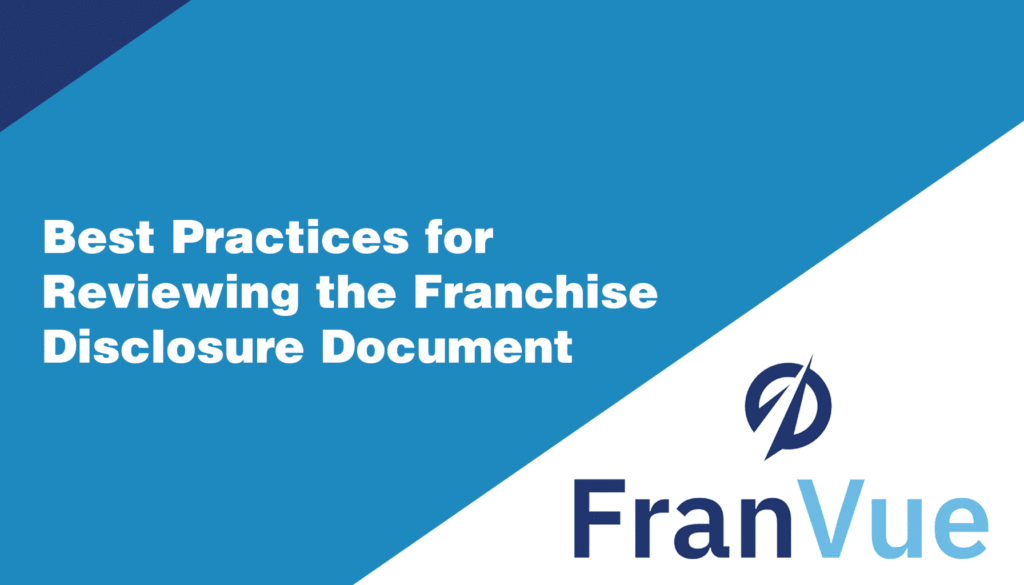The journey towards becoming a franchise owner is both exhilarating and daunting, particularly when it comes to reviewing the Franchise Disclosure Document (FDD). This document, crucial in the franchising process, requires careful analysis to ensure you make an informed decision. As a FranVue certified franchise consultant, I understand the complexities involved in this process. Here are some best practices for reviewing the FDD to maximize your understanding and confidence in your potential franchise opportunity.
1. Start with a Comprehensive Overview:
Before diving into the details, get a broad understanding of the FDD. This document is typically extensive and contains a wealth of information. Familiarize yourself with its structure and the kind of information it contains. This initial overview will give you a good foundation for a more detailed review.
2. Pay Close Attention to Specific Sections:
The FDD is divided into 23 items, each covering specific aspects of the franchise. Pay particular attention to:
- Item 1 (The Franchisor and Any Parents, Predecessors, and Affiliates): Understand the history and background of the franchisor.
- Item 7 (Estimated Initial Investment): Review the detailed breakdown of the initial investment required.
- Item 19 (Financial Performance Representations): Not all franchisors provide this, but if they do, it’s valuable for understanding potential financial outcomes.
- Item 20 (Outlets and Franchisee Information): This provides insight into the growth and turnover of franchise units.
3. Consult with Professionals:
Engage the services of a franchise attorney and a franchise consultant . A franchise attorney can help interpret legal terms and implications, while a franchise consultant can assist in understanding the financial commitments and projections.
4. Take Notes and List Questions:
As you go through the FDD, take detailed notes and list any questions or concerns you have. This will be invaluable when you discuss the document with your attorney, financial advisor, or the franchisor.
5. Research the Franchisor’s Background and Reputation:
Use the information in the FDD to research the franchisor. Look into their market reputation, the success of their existing franchises, and any legal issues they might have faced.
6. Speak to Existing Franchisees:
The FDD will provide a list of current and former franchisees. Reach out to them to get firsthand insights into their experiences with the franchise, the support they receive, and the challenges they face.
7. Understand the Territory Rights:
Review the territory rights granted to you as a franchisee. Ensure you’re clear on the exclusivity and any geographic limitations.
8. Review Renewal, Termination, and Transfer Policies:
Understand the policies regarding the renewal, termination, and transfer of the franchise agreement. These are crucial for your long-term planning.
9. Look for Ongoing Fees and Other Expenses:
Beyond the initial investment, understand the ongoing fees, including royalties, advertising fees, and any other recurring expenses.
10. Take Your Time:
Do not rush through the FDD review process. Take the time you need to understand every aspect of the document. This is a significant investment, and thorough due diligence is essential.
Conclusion
Reviewing the Franchise Disclosure Document is a critical step in assessing a franchise opportunity. It requires a methodical approach, professional guidance, and an in-depth understanding of what the franchise entails. By following these best practices, you can ensure that you have a clear and comprehensive understanding of the franchise, enabling you to make an informed and confident decision about your future as a franchisee.


